Visiting Machu Picchu: Cheap travel and trekking in Peru
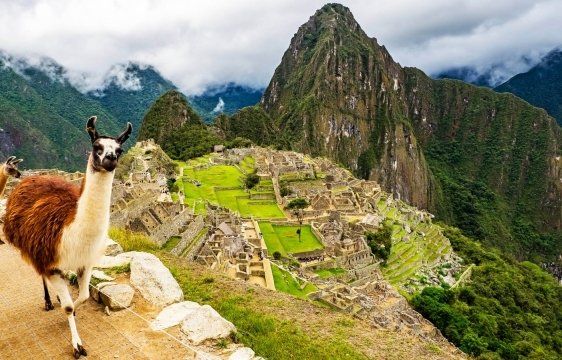

Visiting Machu Picchu in Peru - everything you need to know. City history, cheap travel, Inca Trail and trekking in the Peruvian Andes!
Machu Picchu is an icon of South America, and also a must on every trip to Peru (and no exceptions!). I have dreamed of visiting the Inca city since the night of playing the Civilization series, in which these ruins were an extremely powerful, difficult to build wonder of the world. Well, it's been years, and I've finally had the opportunity to visit the icon of Peru - and I don't regret a second!
In this text I will tell a bit about my impressions from the trip, but above all I will write some practical information about visiting Machu Picchu and, more generally, trekking in the surrounding Andes. Practical tips for staying in the Peruvian mountains have already been included in the Peru travel guide, so in this post you will find only detailed and specific advice based on my experience. Have a nice reading!
A brief history of Machu Picchu
Before I get into the specifics of visiting the old city, I will briefly summarize its history, which I find fascinating. Machu Picchu was built in the middle of the 15th century during the reign of Pachacutec, a famous Indian ruler (who, by the way, is an Inca leader in Civilization). The city is stretched between two majestic peaks: Machu Picchu (what a surprise!) And Huayna Picchu.
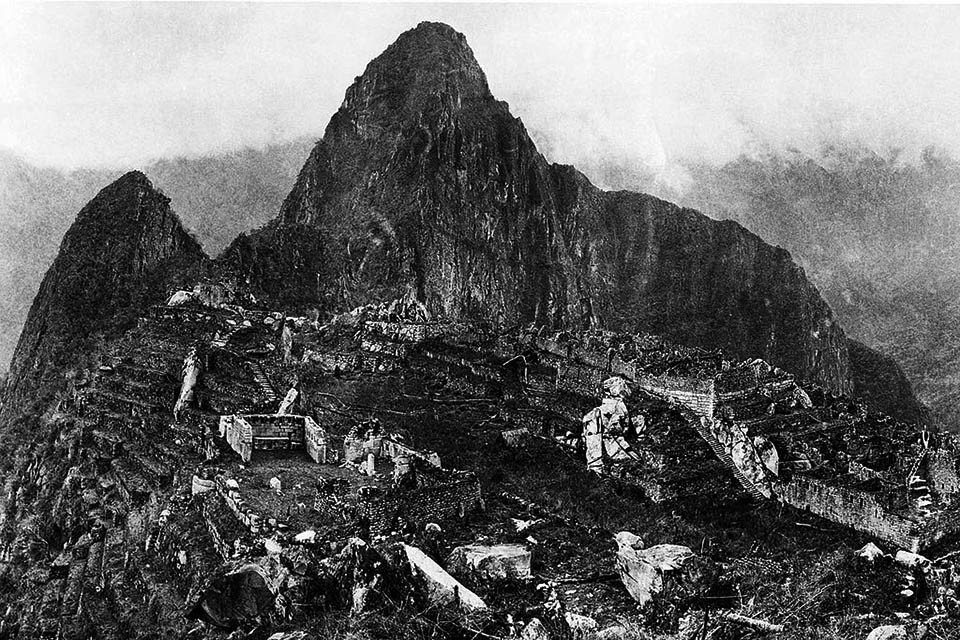
The purpose of this complex remains a contentious issue among historians, but I personally follow the theory that Machu Picchu was a kind of religious center of the Inca Empire, inhabited mainly by priests and aristocracy. For unknown reasons, around the mid-sixteenth century, the city was abandoned, and the Spanish and Portuguese conquistadors never reached its territory. The history of Machu Picchu remained in the darkness of history for several centuries.

The city was rediscovered in 1911 by American explorer Hiram Bingham III. After World War II, the ruins became popular with tourists, and in 1983 the place was inscribed on the UNESCO World Heritage List. The Peruvian authorities once planned to "renew" the ruins by building a luxury five-star hotel here, but fortunately UNESCO dissuaded the Peruvian government from this absurd idea.
Aguas Calientes - a base for visiting Machu Picchu
In the valley below the mountains, near the summit where is Machu Picchu, there is a city of Aguas Calientes, which works as tourist support for visitors to the ruins. As I wrote in the previous part of the cycle about Peru, you can find a lot of hotels and restaurants focused on tourists. Prices for accommodation or dinner make you dizzy - budget hotels in a reasonable standard (the cheapest should be avoided if we care about our money and documents) cost 50-75$ per night, while for a proper dinner you have to pay even 10-15$ per person.
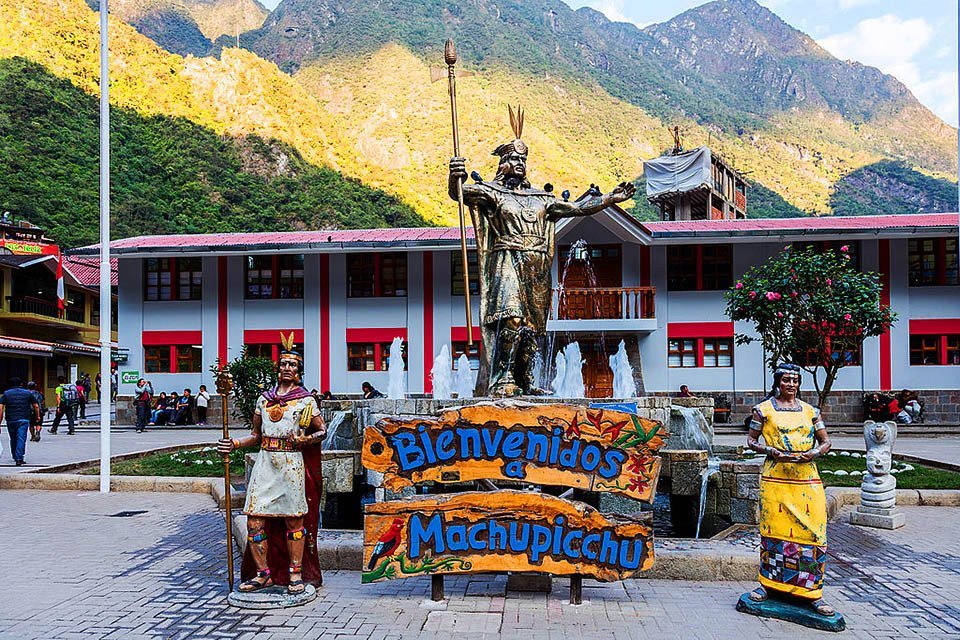
From Aguas Calientes leads a hiking trail straight to Machu Picchu - climbing is quite intense, but an inexperienced person should climb to the summit in less than two hours (the Peruvian tourist center says the hour and forty-five minutes is the average time to hike the trail). It is worth noting that there is a lot of walking in the Machu Picchu ruins itself, so people with worse condition should use the services of local buses, which for a dozen dollars will take us straight to the ticket control.
Although Aguas Calientes is the most popular "way" to visit Machu Picchu, staying in the city is not only expensive but also not really interesting - apart from hotels and restaurants Aguas Calientes is empty. I will talk about other, much more interesting (and by the way much cheaper - or much more expensive) trip ideas later, but first I would like to devote a moment to the sensitive issue of tickets to Machu Picchu.
Plan your trip to Peru in advance. Limited tickets to Machu Picchu
There is still a lot of fake news on the internet spreading around, so it is worth noting that in 99.9% of cases buying a ticket to Machu Picchu on the spot is impossible. Why? Since the 1980s, UNESCO has forced the Peruvian government to introduce tourist limits that specify the maximum daily and annual number of tourists entering the ruins.
The situation was further complicated by the change in the rules for visiting Machu Picchu made in early 2020 - the regulations were redesigned, and many travel agencies and guides in Peru have not yet updated their guides.
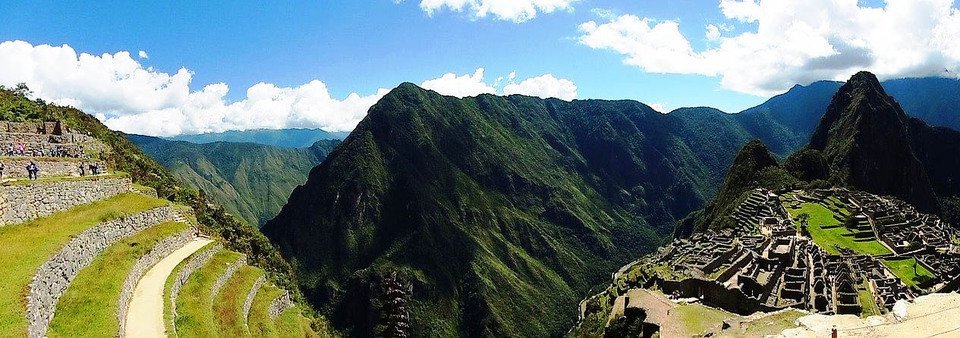
Tickets to Machu Picchu 2020. What is the situation like?
Under the new regulations, a maximum of 5,940 people may enter the ruins each day. There are three types of tickets for Machu Picchu, which I describe in detail below, and for now we will talk about some general information.
Tickets are sold by the Peruvian Ministry of Culture, although in the case of organized tours, they can be obtained through travel agencies. The cost of visiting Machu Picchu is generally quite large (detailed prices below), but there are quite large student and children's discounts - honoring European student ID cards can be problematic, so I recommend you to obtain a Spanish-language document confirming that you have the status of a student.
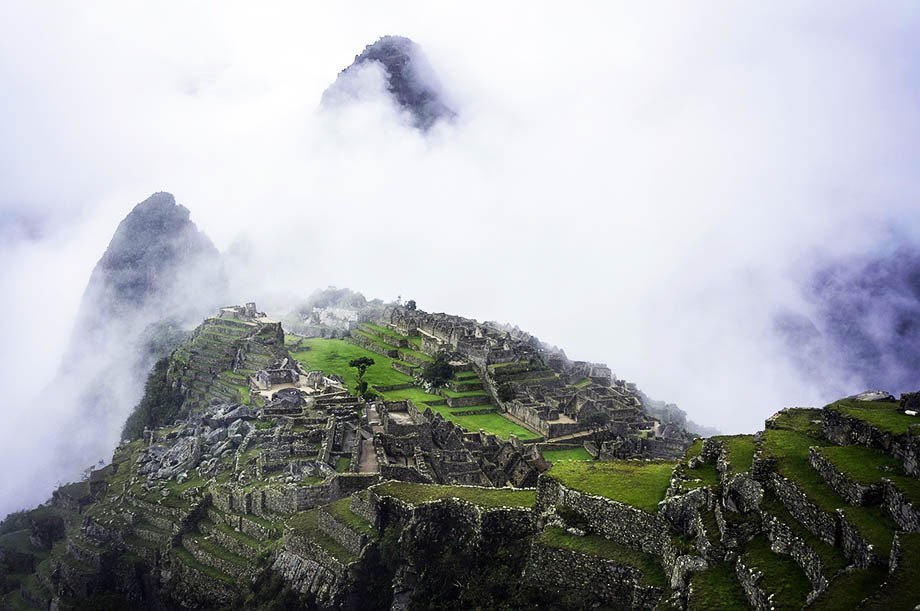
Officially, there is no possibility of independent sightseeing, and tourists should always be accompanied by a guide. In addition, there is the option of buying an independent entrance to the local museum; its tour is possible between 9:00 and 17:00. A visit to the museum is associated with an additional cost of $7 (or $4 for students / $3 for children) and it is worth leaving it at the end - although the exhibits are interesting, the museum itself is, however, much less interesting than the Machu Picchu ruins.
The time you can spent on the ruins and both peaks is limited - Machu Picchu itself can be visited for no more than four hours, while a visit to the mountain peaks has a maximum of three hours limit. Museum authorities enforce the rules quite harshly and it happened that recalcitrant tourists got a ticket from the local police for significant abuse of visiting rules.
The Machu Picchu Ticket
The Machu Picchu Ticket - a standard ticket at a price of 50$ / 25$ / 23$ (adults / students / children), authorizing to visit the ruins in the group together with a guide (you can choose Spanish or English language speaking guide, German was once available, but probably it has been removed). Entrance to the ruins on this ticket is only available at three designated times:
- start of sightseeing at 6AM, end of sightseeing at 9AM;
- start of sightseeing at 9AM, end of sightseeing at 12AM;
- start of sightseeing at 12AM, end of sightseeing at 3PM.

The Machu Picchu Ticket + Huayna Picchu
The Machu Picchu Ticket + Huayna Picchu – bilet w cenie 65$/40$/37$ uprawniający do zwiedzania ruin plus wejścia na szczyt Huayna Picchu (ten niższy). Dziennie sprzedawanych jest 400 sztuk tego biletu. Wejście na sam szczyt dostępne jest jedynie w dwóch wyznaczonych godzinach, co trzeba mieć na uwadze podczas zwiedzania samych ruin:
The Machu Picchu Ticket + Huayna Picchu - a ticket in the price of 65$ / 40$ / 37$ entitling to explore the ruins plus hiking to the top of Huayna Picchu (the lower view point). 400 tickets are sold daily. Access to the top is only available in two designated hours, which you must keep in mind when visiting the ruins themselves:
- from 7AM to 8AM;
- from 10AM to 11AM.
The Machu Picchu Ticket + Mountain Ticket
The Machu Picchu Ticket + Mountain Ticket - a ticket at a price of 65$ / 40$ / 37$ entitling to explore the ruins plus ascent to the top of Machu Picchu (the higher view point). 400 tickets are sold daily. Access to the top is only available in two designated hours, which you must keep in mind when visiting the ruins themselves:
- from 7AM to 8AM;
- from 9AM to 10AM.
Considering the opening hours and local weather, visiting Machu Picchu is best to start in the morning, between 8AM and 11AM. Regardless of whether you plan to use the trail or you prefer to reach the top by bus, it is worth starting the journey between 4:30AM and 5:30AM to be there as soon as possible. If you are thinking about buying tickets, and there are still those available with an entrance to one of the peaks, be sure to consider getting Huayna Picchu or Machu Picchu - both mountains have a phenomenal view of the ruins, in my opinion much more interesting than the ruins themselves!
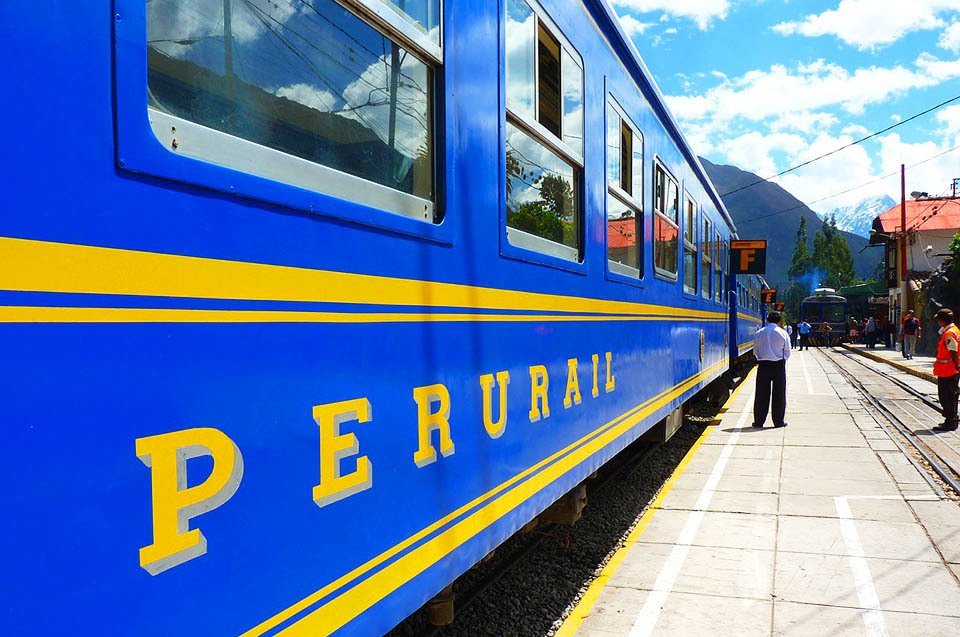
To Machu Picchu by train, or Inca Rail trip
If you don't like excessive physical exertion, and trekking is not for you, an interesting option is the Inca Rail trip, which is a tourist train line that runs along scenic routes among the Inca peaks. Traveling by train is particularly beneficial for all those who have previously visited Cuzco - the carrier offers a direct connection between the former Inca capital and Machu Picchu (actually between two tourist cities located at the foot of the ruins, i.e. Poroy-Aguas Calientes).
On the way there is also a smaller station (Ollantaytambo), which is quite good to get there by car, with a guarded parking lot at the station, where you can safely leave your car. The route is short, but the train is expensive. Ticket prices are a big downside - the earlier you buy a ticket, the less you will pay.
The cost of travel from Cuzco to Aguas Calientes is in the range of 65-350$ for one person (wow!), and the carrier unfortunately does not offer any discounts. If you care about small expenses, a good idea is to walk along the railway tracks. Many "budget" tourists travel in this way, and the route is fast and safe. The trek along the tracks does not offer impressive views, but is still a good budget alternative to an expensive train trip.
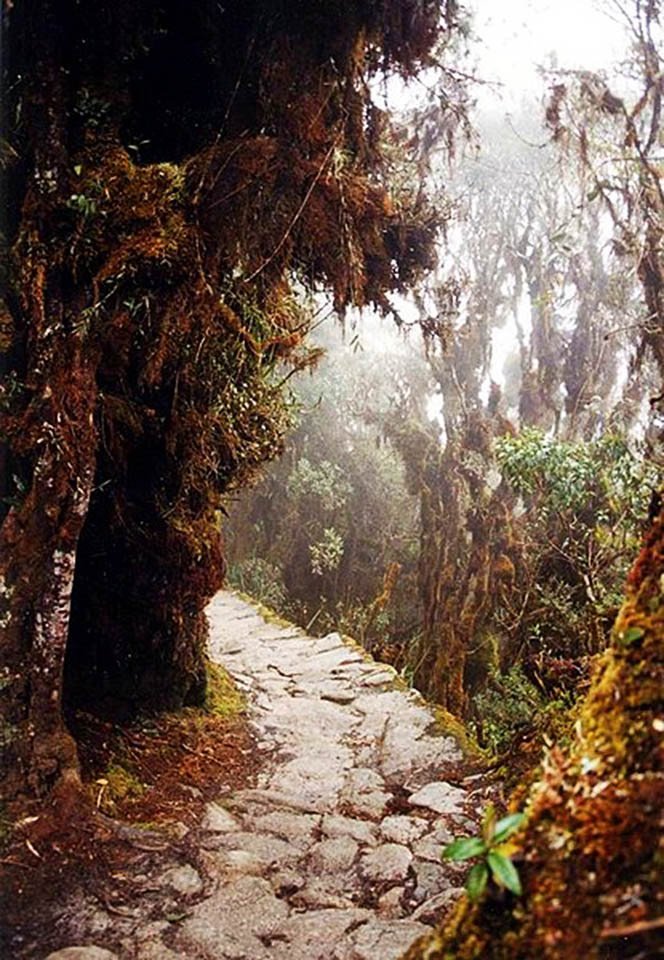
On foot to Machu Picchu - trekking the famous Inca Trail
The 27-mile Inca Trail is an iconic tourist trail starting near Cuzco (the town of Ollantaytambo) and ending in Machu Picchu. As with visiting Machu Picchu, tickets for the trail are organized by the Ministry of Culture of Peru, and their number is limited.
A maximum of 200 tourists can enter the Inca Trail each day, and according to the new rules in force since 2020, the permit must be paid at least 48 hours before issuing the ticket.
Trekking Inca Trail is the most expensive way to explore Machu Picchu - the cost of entry is up to $600 ($580 for students and children), and in this price, in addition to meals, basic equipment, guide and transport, there is also a ticket to visit Machu Picchu. Unfortunately, the vast majority of equipment such as tents or sleeping bags is not included in the price; Additional equipment can be rented for an extra money or organized on your own.
Inca Trail prices may vary - at the moment it is not possible to travel the trail on your own, and tickets can be bought only through tourist companies authorized by the Peruvian government and offering the whole trip immediately in the package. There are a lot of various restrictions on the trail, mainly associated with the disposal of garbage only in specific places, but detailed information is provided by tour organizers. Due to draconian limits (200 people a day is nothing), tickets disappear quickly, so if you are interested in the Inca Trail trekking trail and are not afraid of the high costs of traveling to Machu Picchu, you should buy tickets as soon as possible.
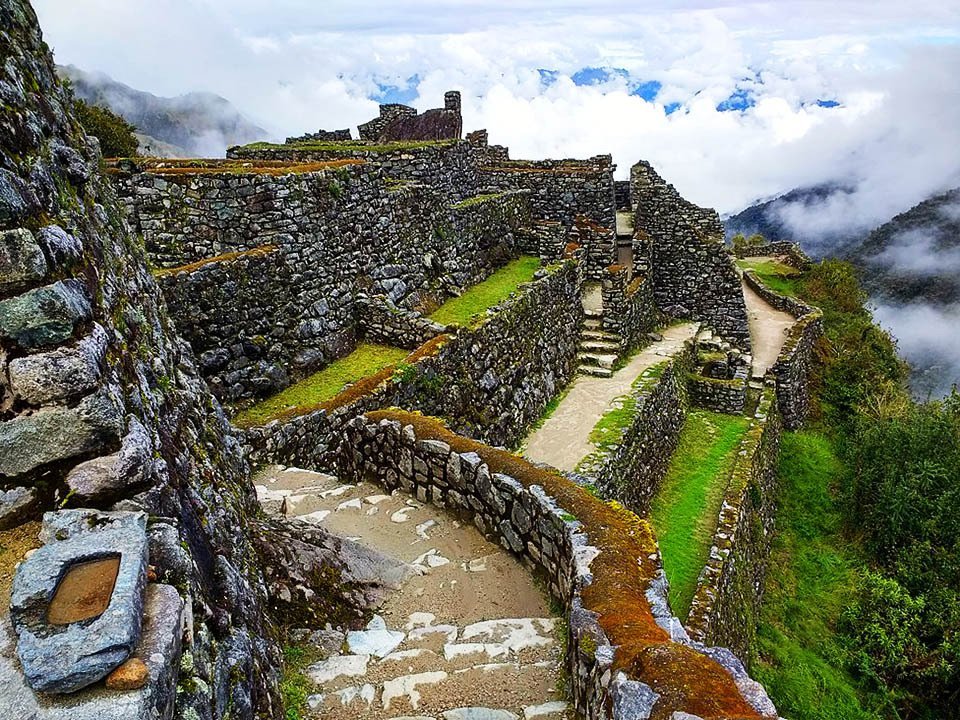
Importantly, the Inca Trail trip is very physically demanding - when traveling 27 miles, there is a lot of ups and downs (the highest peak reached is 4216 meters), and only four days for sightseeing impose a fast pace of walking. The trail is recommended for people with good physical condition - you do not have to be a mountaineer, but it is worth having the experience of walking in high mountains. In general, you must be able to withstand four intense days of walking and sleeping in a tent, and also be acclimated to high altitudes (altitude sickness can be not only annoying, but even deadly). To hike the Inca Trail we should additionally prepare some good clothing (comfortable and reliable shoes are necessary) and get some of our own food.
Salkantay Trek, an alternative to the Inca Trail
Less known, less iconic, less interesting, but a much cheaper alternative to the Inca Trail is the Salkantay Trek, which is much longer (approx. 37-40 miles, depending on the route) and more physically demanding. Salkantay Trek is recommended for trekking masters - unlike the Inca Trail, the trail can be overcome independently and without a guide, although of course local tourist companies also offer an "all-inclusive" trip. Due to the enormity of potential routes, I recommend developing a trekking plan yourself based on one of the offers of Peruvian tourist agencies (an example offer is available here).
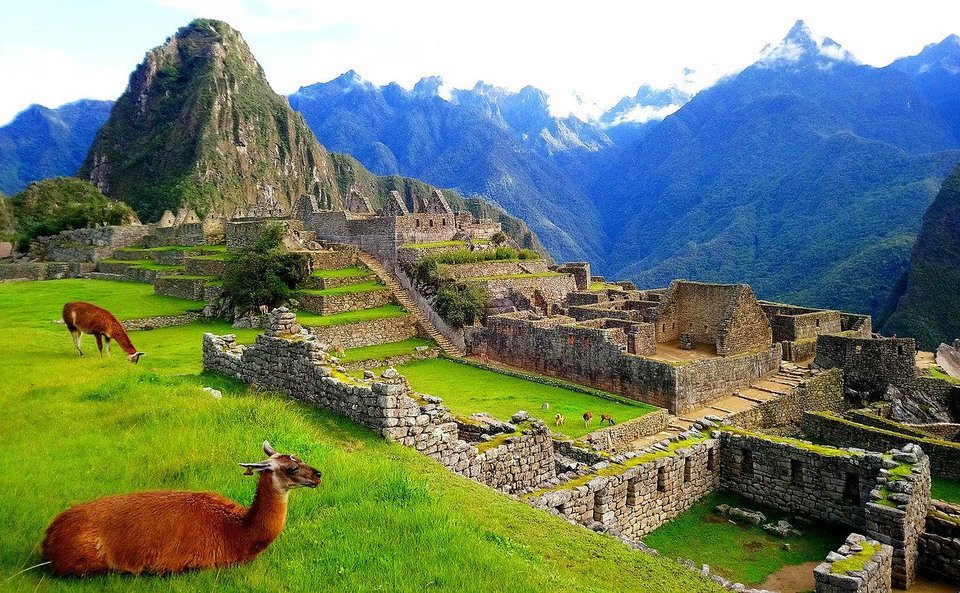
Trekking in the Peruvian Andes - other routes
Other popular Peruvian trekking routes are Choquequirao Trek and Vilcabamba Trail, which is described as the hardest and most demanding hiking trail in Peru. None of these routes lead around Machu Picchu, but I think it is worth mentioning. Both trails are rarely frequented by tourists and have several advantages: they are much cheaper than Inca Trail or Salkantay Trek, and just like the more popular competition they offer very nice views. As I have not been on any of these trekking routes, it is difficult for me to provide more specific information. For details on alternative trekking routes, I advise you to look at English-language portals of trekking in Peru (for example here).
Summary
At the end of this article I would like to wish you an amazing experience of visiting Machu Picchu and trekking around the Andes, and also remind you again that tickets to Machu Picchu are limited and should be purchased at an early stage of planning a trip to Peru. I hope that this travel guide and my travel blog will help you experience an unforgettable adventure in this beautiful country of South America and provide you with relatively cheap travel.
Read the next article in this series:
Visiting Lima: What to see? Museums, monuments, tourist attractions
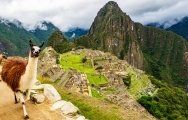


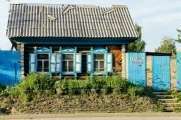
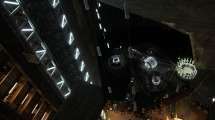
Podziwiam za podróżowanie po Ameryce Południowej, ja bym się chyba nie odważyła :-) Mimo wszystko, fajnie poczytać i pooglądać zdjęcia.